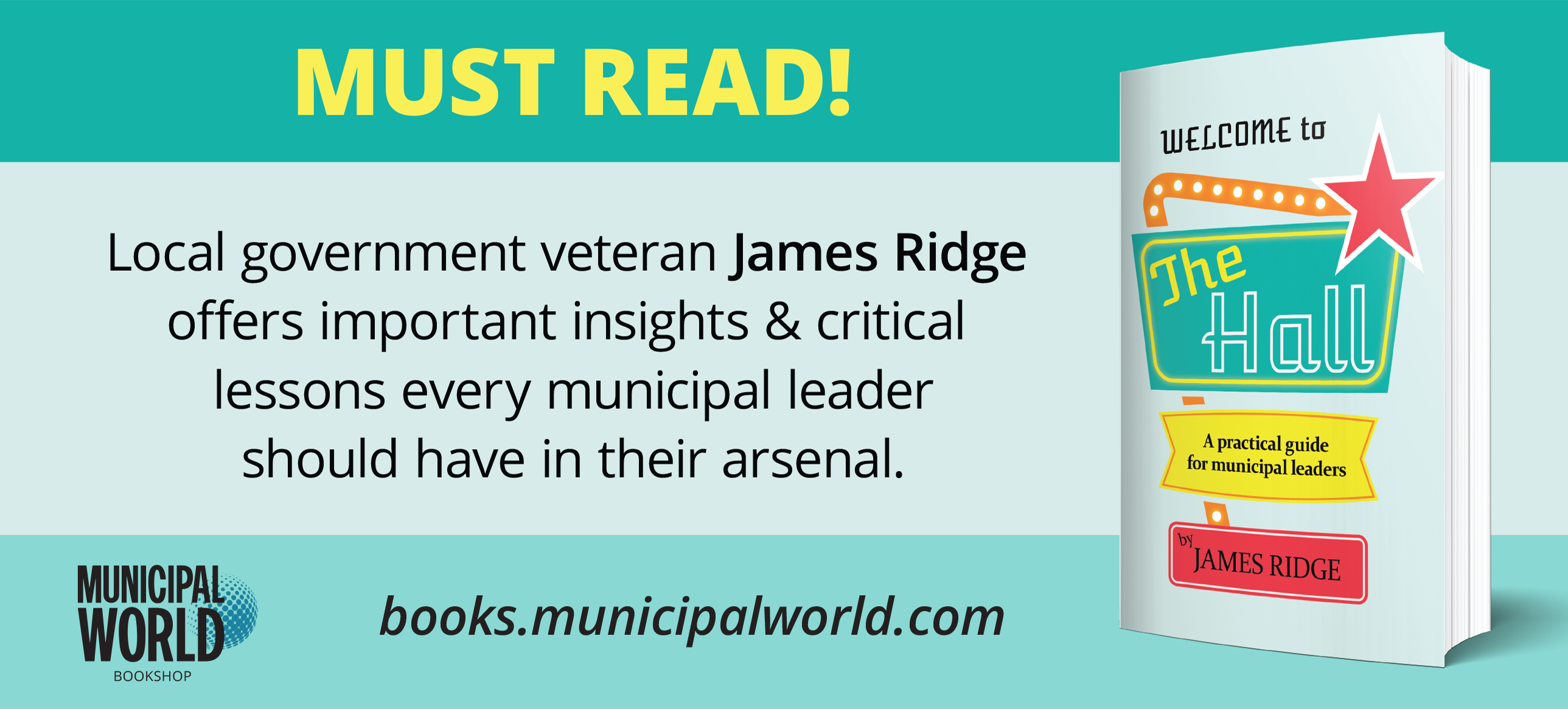Canada’s 2018-2020 National Action Plan on Open Government

Canada’s fourth National Action Plan on Open Government – for 2018-2020 – launches 10 new commitments that continue to promote openness, transparency, and accountability. The plan was developed in consultation with more than 10,000 Canadians from coast to coast to coast who provided their ideas and suggestions through online and in-person events.
From Comments to Commitments
Based on the input received through the public engagement process, the Multi-Stakeholder Forum, and the feminist and inclusive peer review, the Open Government team worked closely with departments across the Government of Canada to develop 10 draft National Action Plan commitments. Where possible, commitment text was co-created (drafted in collaboration) with both internal (government) and external (civil society) partners.
These 10 draft National Action Plan commitments were made publicly available and, over a three-week period, Canadians were invited to provide their thoughts on the draft commitments. Almost 600 comments and ideas were received, which have helped to improve and shape the plan’s final commitments.
The following 10 areas of commitment are covered in the 2018-2020 plan.
- user-friendly open government
- financial transparency and accountability
- corporate transparency
- digital government and services
- open science
- healthy democracy
- access to information
- feminist and inclusive dialogue
- reconciliation and open government
- open government community
These commitments encompass a wide range of areas, and each commitment includes specific milestones and success indicators. The target time frame for implementing these commitments is between now and August 31, 2020.
For municipalities, Commitment 10 of the plan (related to the Open Government Community) includes a commitment to “strengthen collaboration with other governments in Canada through the Canada Open Government Working Group, and expand the working group to include representatives of national municipal organizations.” Building on current collaboration between the Governments of Canada and Alberta, the plan therefore contemplates extending its federated open data search pilot to include two additional provinces and to onboard at least two municipalities.
Guiding Principles
What is captured in the 10 commitments are the specific actions to be taken to make government more open. At the same time, the following core principles as set out in the plan apply to all open government initiatives, and are intended to guide work every day, through every step in every process undertaken:
Inclusion – The inclusion of citizens in decision-making processes is the core of democracy. In all our work, we will be inclusive and welcoming of everyone, with special focus on supporting meaningful participation from communities who are marginalized, at risk, or left out of government decisions.
Gender equity – We know that the commitments in our plan may affect different people in different ways based on various aspects of their individual identities. We are committed to the inclusion of women, girls, and non-binary people in all open government activities, and we will apply an intersectional lens to all commitments and open government activities. [Intersectionality refers to the idea that individuals’ lived experiences, and the organization of power in society, are not only shaped by a single factor (such as gender, race, or social class) but by many factors that work together and influence each other. These factors can include gender, race, social class, ethnicity, nationality, sexual orientation, religion, age, disability and illness, as well as other forms of identity.]
Accessibility – We will continue to ensure that the open information and data we provide and our public engagement activities are accessible to all, using a variety of in-person and online platforms to reach a wide audience of Canadians.
User-centric thinking – We know that governments sometimes work and communicate in ways that are hard for Canadians to understand. We will work to communicate in plain language, and we will think about our intended audience when we publish new information. We will also work to design programs and services that respond to the needs of Canadians, and we will talk to Canadians to understand those needs.
Reconciliation – We must do more to ensure that our open government work reflects the needs and expectations of our partners in First Nations, Inuit, and Métis communities across the country. The implementation of all our commitments will be guided by Canada’s renewed nation-to-nation relationship with Indigenous peoples. We will also be guided by the fundamental principle of “nothing about us, without us” so that all programs, policies, and services affecting Indigenous peoples are designed in consultation and in collaboration with them.
Collaboration – The global open government movement is only as powerful as the people that fuel it. Our progress is made more meaningful, and ultimately more sustainable, if we remain open to a diversity of views and experiences, and we learn from each other. We will work in collaboration with partners inside and outside government, across Canada and around the world. We will identify best practices, share lessons learned, and support each other to open up government and better serve citizens. We will be learning along the way, and sharing these lessons, as our efforts will help shape a new way for government to work.
The full plan including milestones and indicators is online at https://open.canada.ca/en/content/canadas-2018-2020-national-action-plan-open-government. MW
Related resource materials:



